Indie games have gained phenomenal traction over the years, with tons of standout titles garnering attention for their artistic style, unique gameplay, and more. Chief among the top indie games are Limbo and Inside, two pseudo-horror platformers from the developer Playdead. Both titles have been acclaimed by both critics and fans, with Inside even garnering a 4.5/5 from us here at Twinfinite. Obviously, fans were excited to hear both titles would be making their way to Nintendo Switch, but like with any port worries about performance spring up. Luckily, I can say that playing Limbo and Inside on Switch are great experiences, and may just be the best way to play them yet.
It’s a boon that both games sport simplistic art styles, although they’re both highly evocative at the same time. This means that the games run smooth as butter on the Switch, just like other versions, even when playing in handheld mode. Limbo’s art style results in the game looking vibrant on the quality handheld screen, and while Inside takes a tiny bit of a resolution hit in handheld mode, it also looks fantastic. Switching to TV mode, however, Inside looks just as visually striking on Switch as its counterparts on PS4 and PC.
I ran into zero instances of slowdown on either game when playing in handheld mode, and its impressive that the framerate stays at a steady pace on the little system. There is one somewhat new feature that I really like on Switch, however, and that’s the rumble used in the Joy-Cons. We’ve seen with games like 1-2 Switch that the Joy-Con’s rumble can be used in more intricate ways than most controllers, and while this is a small touch it helps add more to Inside and Limbo.
Rumble is used mostly when you land from jumps, or at times when things are shaking on screen. The feedback of the Joy-Con help make the game just a tad bit more immersive, and it surprisingly upped the tension ever so slightly. Inside and Limbo are creepy games, and I had a great time playing in handheld mode with headphones on, taking in all the myriad minimalistic sound effects and music. Honestly, this became my favorite way to play the two games, and their short nature make them perfect for bite-sized play sessions on the go. It’d be easy to play one of these games on a long plane ride or trip.
In terms of load times both games take about a minute to boot up on Nintendo Switch, but after that there are no load times at all, except for a few seconds after each death before you’re back at your last checkpoint.
The Switch has become something of a bastion for indie games in its first year, and Nintendo is making it clear that they value smaller experiences on their system through things like their Nindie Showcases. The system now has two of the best indie games ever made, and I couldn’t be happier with how they play on the handheld-hybrid.




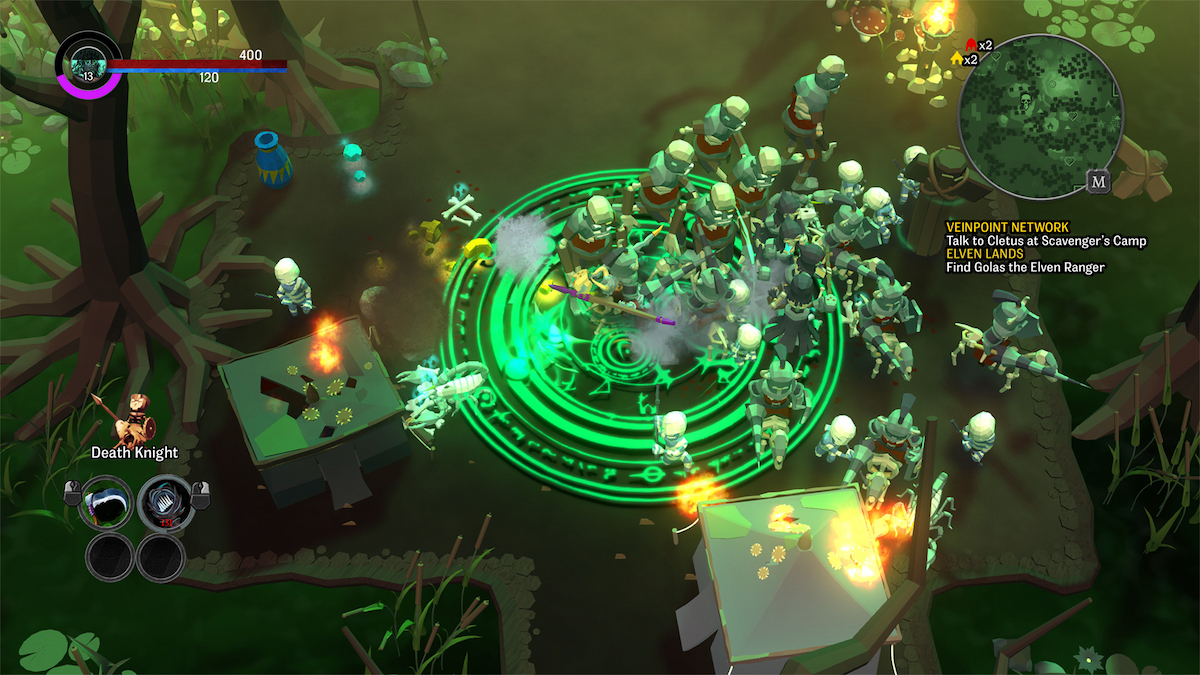

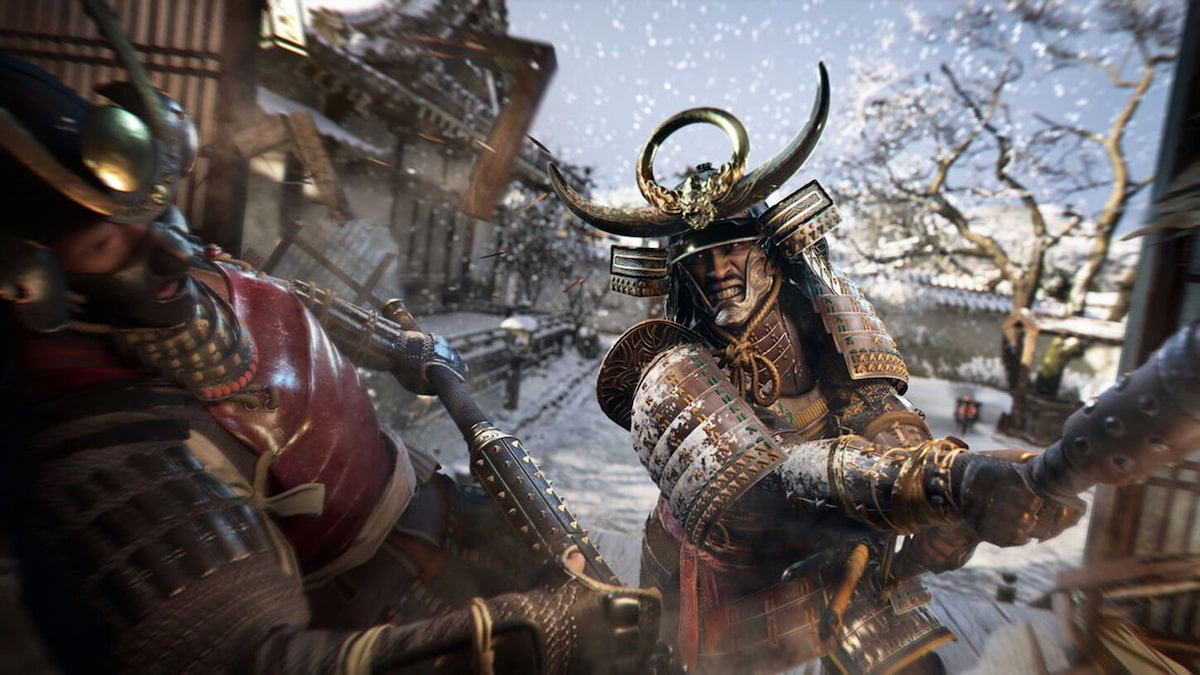

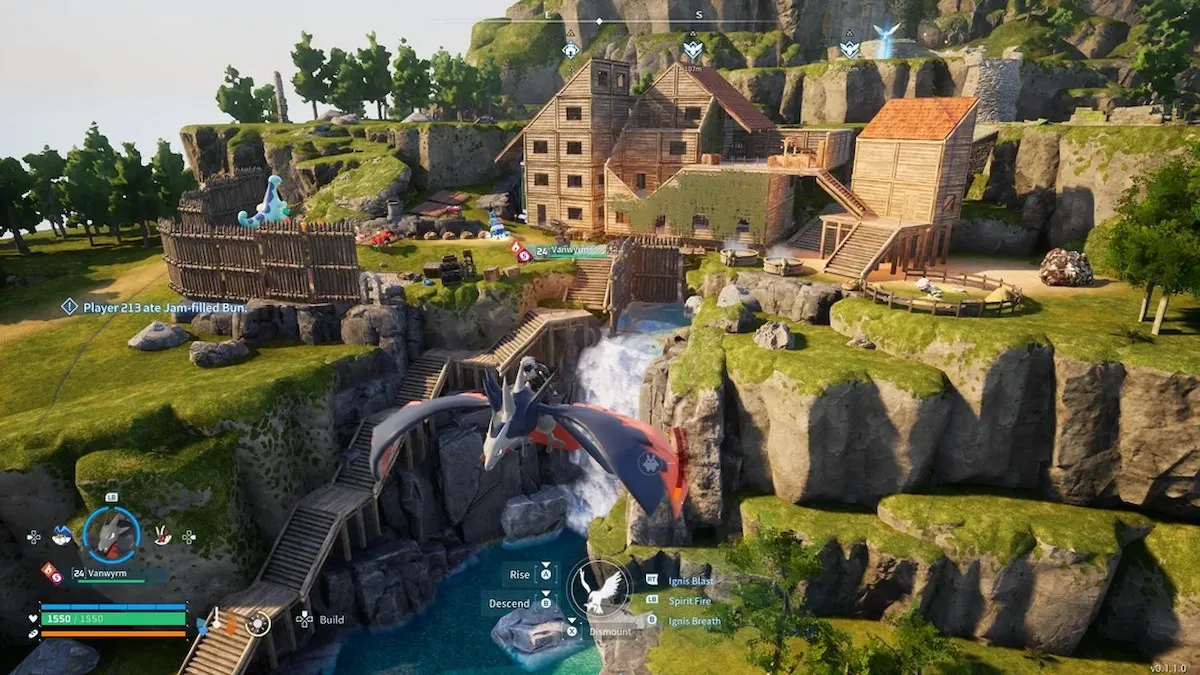
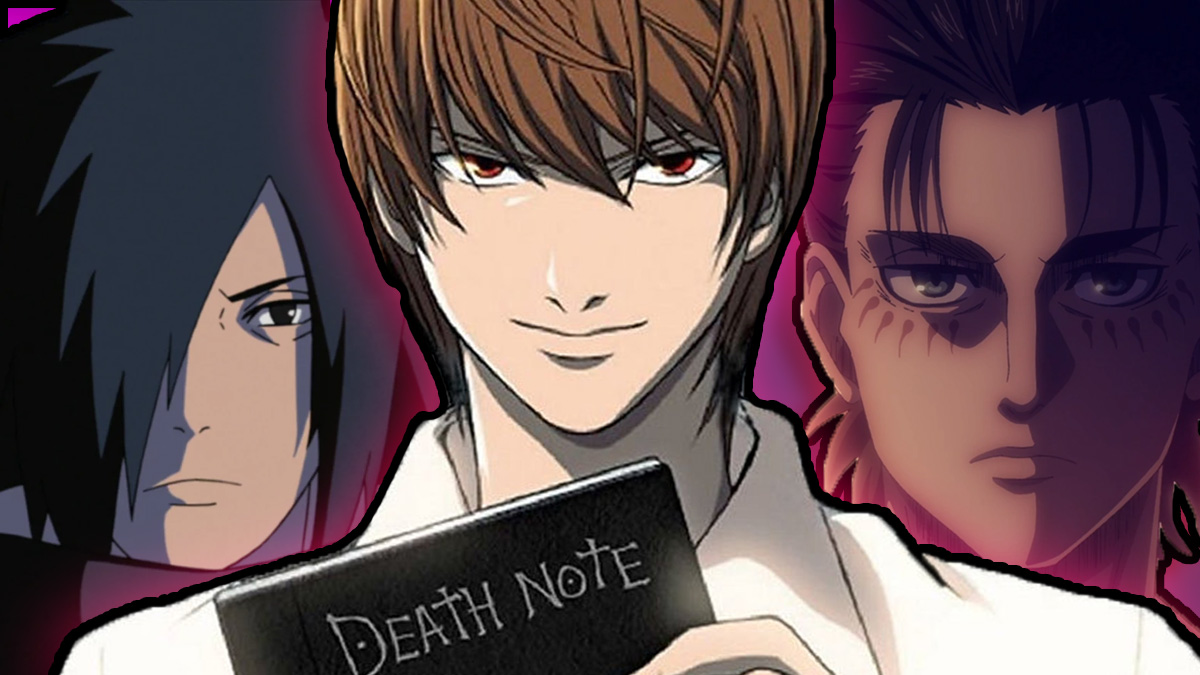

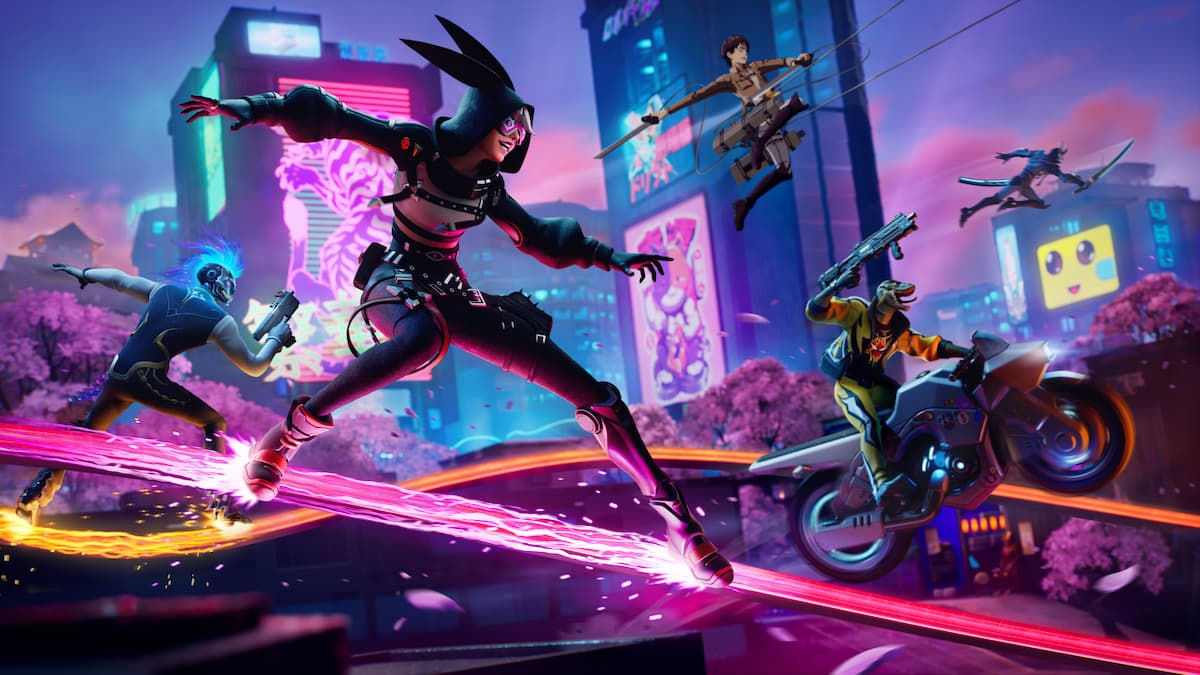


Published: Jul 2, 2018 4:34 PM UTC